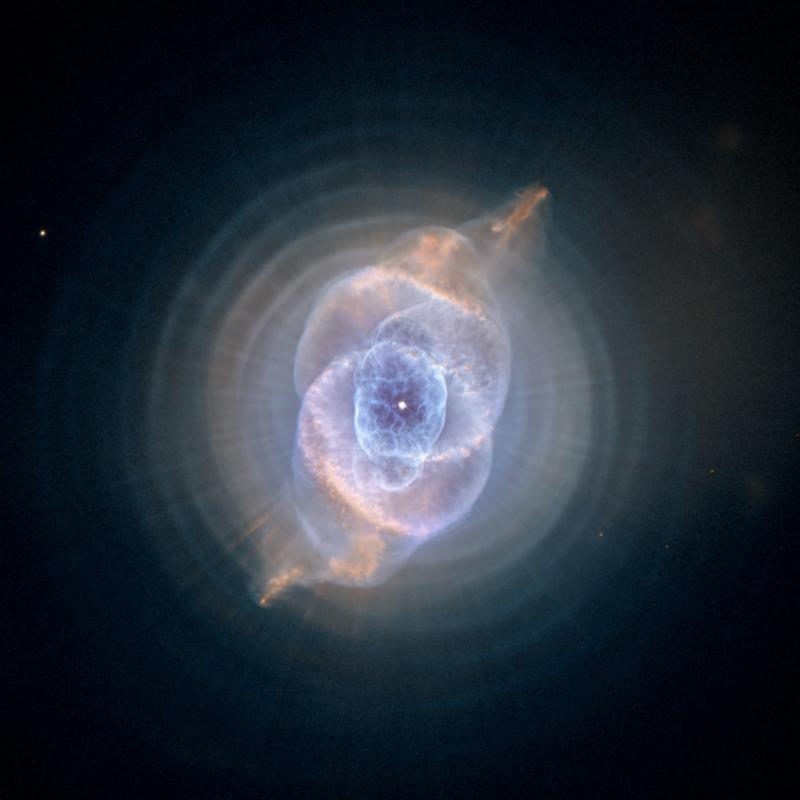Enceladus
By Evan FinnesSaturn’s sixth largest moon, Enceladus, was discovered in 1789 by British Astronomer William Herschel. With a low albedo and close proximity to Saturn, Enceladus is difficult to observe. Because of this difficulty little was known about this moon until the Voyager flybys in the 1980’s. Voyager 1 discovered that Enceladus is located in the densest part of Saturn’s E Ring, and Voyager 2 discovered that Enceladus has diverse and relatively complicated surface features.
The Voyager missions generated a number of questions about the small moon: “Is there a connection between Enceladus and Saturn’s E-ring?” “What is causing the tectonic activity which is deforming Enceladus’s surface?” The recent Cassini mission was able to answer these questions, along with generation new discoveries and new questions.
To answer the first question, Cassini discovered that Enceladus is the fourth known body in the solar system with active volcanism. The other three are Earth, Jupiter’s moon Io, and Neptune’s moon Triton. This volcanism causes icy jets, plumes of water vapor, and other materials to be shot into the atmosphere. It is this cryovolcanism which was determined to be the cause of Saturn’s E Ring. Just recently Cassini photographed the volcanic southern pole. These pictures revealed a geological feature scientists are calling “tiger stripes”. These tiger stripes are 300 meter deep fractures and are surrounded by chunks of ice, and are the source of Enceladus’s volcanism.
Cassini also discovered the cause of the tectonic activity. Enceladus, like many other moons is traped in orbital resonances, this causes tidal heating on the moons interior. Like thought to exist on Jupiter’s moon Europa, this could also cause Enceladus to have a subsurface liquid ocean. Because of the volcanic activity a subsurface ocean on Enceladus is though to be only tens of meters beneath the surface, where the oceans on Europa are thought to be 100 kilometers beneath the surface.
Does Enceladus have a subsurface ocean? If it does, is this another place to look for signs of life? With many more Enceladus flybys to come, we may yet find out if there is a subsurface ocean, but we will certainly have to wait for the right mission if we want to determine if life exists.
